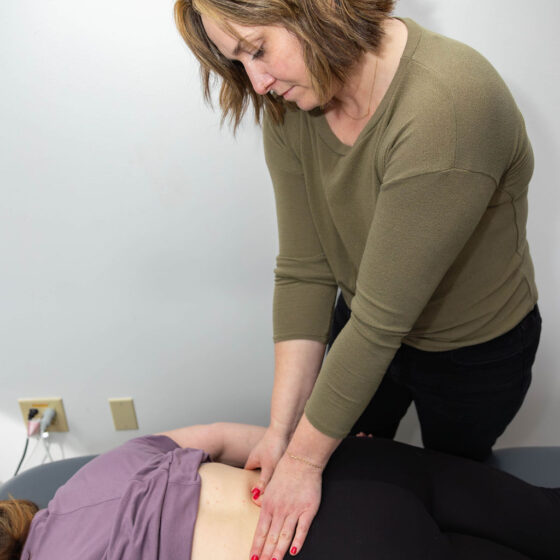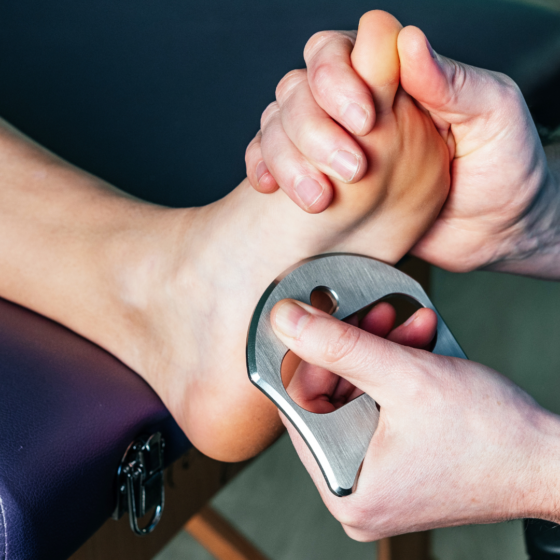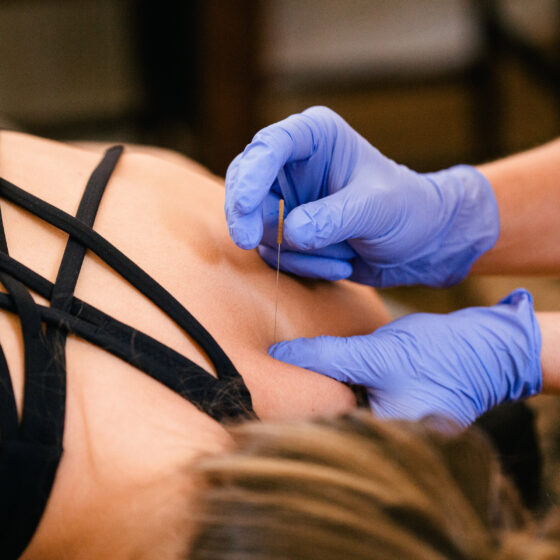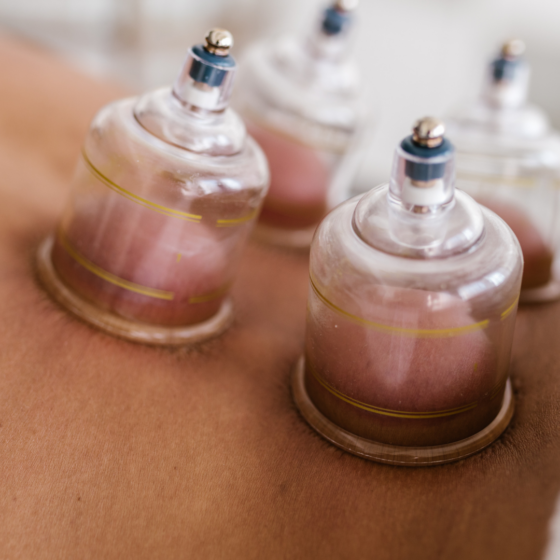Manual Therapy
A hands-on treatment that helps relieve pain and improve movement by working directly on muscles, joints, fascia, visceral organs and soft tissues.
*This is included in your PT session, if it applies to your condition*
Manual Therapy

A hands-on treatment that helps relieve pain and improve movement by working directly on muscles, joints, fascia, visceral organs and soft tissues.
*This is included in your PT session, if it applies to your condition*



Soft Tissue Massage & Joint Mobilizations
What is it?
Soft Tissue Massage
This involves the use of hands to manipulate the muscles and other soft tissues of the body. The purpose of soft tissue massage is to relieve tension, promote relaxation, improve circulation, and facilitate healing. Techniques may vary from gentle stroking to deeper pressure applied to specific areas of muscle tightness or pain.
Instrument-Assisted Soft Tissue Mobilization (IASTM)
This is a specialized form of manual therapy that uses tools designed to apply pressure to affected soft tissue areas. IASTM can help break down scar tissue, reduce pain, and improve mobility by enhancing blood flow to the area. Practitioners utilize various instruments to identify areas of restriction and to perform targeted soft tissue mobilization.
Scar Tissue Mobilizations
Scar tissue can develop after surgeries, injuries, or trauma, often leading to restrictions in movement and discomfort. This technique focuses on breaking down adhesions or fibrous tissue that forms during the healing process. Proper mobilization can restore range of motion and reduce pain associated with scar tissue.
Joint Mobilizations
This component involves the skilled application of passive movements to joints within their normal range of motion. Joint mobilizations aim to improve joint function, reduce pain and stiffness, and restore normal movement patterns. Techniques can include gliding or oscillatory movements applied by the therapist to help maintain or restore joint mobility.
Visceral Mobilization
Visceral mobilization is a gentle, hands-on therapy that improves the movement and function of your internal organs by releasing restrictions in the fascia and connective tissue. Your organs don’t just sit in your body—they are connected to muscles, nerves, and other structures. When they become restricted due to surgery, inflammation, chronic stress, or trauma, it can lead to pain, bloating, digestive issues, and even pelvic floor dysfunction. This approach is particularly effective for conditions like pelvic pain, constipation, bloating, post-surgical adhesions, and chronic tension.
Myofascial Mobilization
A hands-on technique that targets the fascia—a web of connective tissue that surrounds muscles, nerves, and organs. When fascia becomes tight or restricted due to injury, stress, or inflammation, it can cause pain, limit movement, and contribute to dysfunction. This technique involves applying sustained pressure and gentle stretching to release fascial restrictions, improve circulation, and restore natural movement.
This is ideal for:
- Those who are experiencing pain and/or stiffness that is limiting mobility and function
- Post-operative (even years later) where movement is restricted due to scar tissue and lack of use
- Calming the nervous system after a traumatic event or to assist when processing trauma
- Those who want ongoing assistance to help with mobility and maintaining improvements
Trigger Point Dry Needling
What Is It?
Dry needling is a therapeutic technique used to treat myofascial pain. It involves the insertion of thin, sterile needles into specific trigger points or tight bands of muscle. This provides blood flow and oxygen to the trigger point to promote healing.
The goal is to release muscle tension, reduce pain, and improve mobility. The needles used in dry needling are similar to acupuncture needles, but the approaches and philosophies behind the two practices differ. Acupuncture targets focusing on the concept of Qi (or energy) flow through meridians in the body, while this is targeted the area of pain.
We also offer the option to incorporate electric stimulation (e-stim) alongside the needles to enhance pain relief and promote muscular relaxation. Our approach is focused and tailored to your individual needs, ensuring that we are gentle and considerate with the needle placement. Unlike some approaches that can be more aggressive, we prioritize a more targeted and less forceful technique. Throughout the process, we will guide you and provide support to ensure your comfort and well-being.
*there is no additional charge for dry needling*
This is ideal for
- Nagging pain, especially along the spine, that improves with massage but relief is not maintained
- Chronic pain as it induces blood flow and oxygen to the area
- Radiating pain into the arms or legs accompanied by neck/low back tension
- Tendonitis or Tendinopathy
- Improving scar tissue mobility
- Improving fascial mobility


Cupping
What Is It?
Cupping helps with improving blood flow to the area and promoting the release of restrictions in the tissues. The suction created by the cups can help to improve fascial mobility which is the connective tissue that surrounds muscles and organs.
By increasing blood flow to the area, cupping therapy can also bring in nutrients and oxygen that are needed for the repair and healing of tissues. This can help to reduce inflammation, improve flexibility, and promote the remodeling of scar tissue.
Additionally, the pulling action of the cups can help to release tension in the fascia, scar tissue and muscles, allowing for better movement and reduced pain.
This is ideal for:
- Improving scar tissue mobility and the surrounding fascia (ie c-section scar, surgical portal sites)
- Improving tissue tightness that doesn’t improve with soft tissue massage
- Feeling stuck with movements even after massage and joint mobilizations
- Looking to improve swelling and lymphatic drainage
Are you ready to start healing? Contact us today!
Send Us A Message

